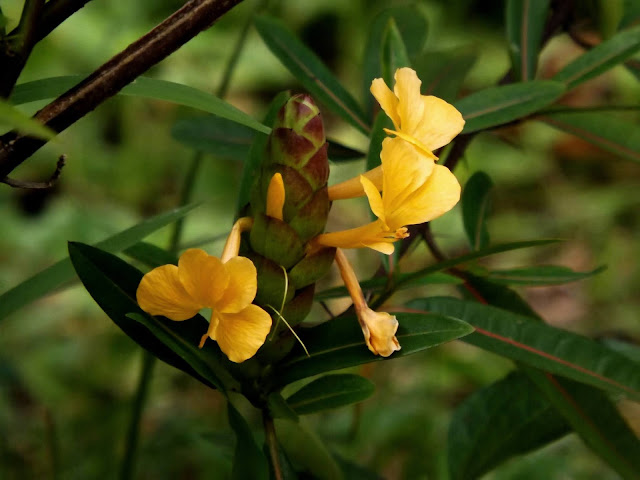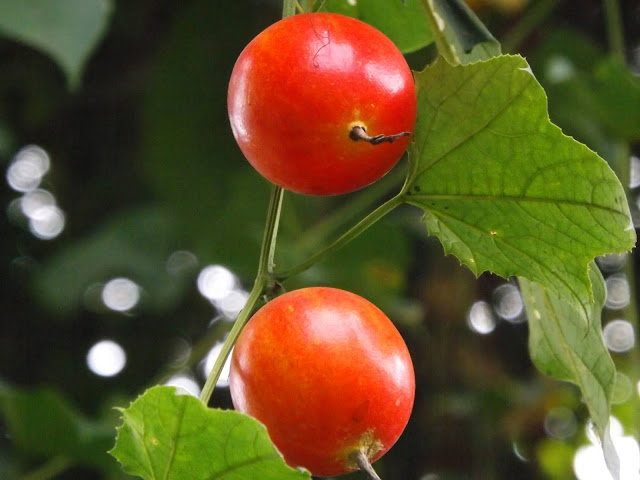Gima-shak or Pot-biroot, Glinus oppositifolius

Gima-shak or Pot-biroot ( Glinus oppositifolius , family: Molluginaceae) is an annual herb with diffiuse branches and taproot. Stems can be 3 to 40 cm long. Young shoots and branches are silky and sometimes reddish. It is found in waterside area, cropfield, fallow land and damp places in Bangladesh. It occasionally grows on old walls. It is found in the tropical Asia, Africa and in Australia too. Leaves are 1-2.5 cm long, elliptic-oblanceolate, petioled, opposite. Flowers are tiny, white in color, showy, 0.4 cm long, petals 5, stamens 5-10. The flower buds are reddish. Fruits are ellipsoid, reddish or brownish, 4-5 mm, 3-valved; seeds numerous. The plant is propagated by sedds. It can be planted as an ornamenal plant in tub or pot. It is eaten as vegetables in Bangladesh. It is used in constipation, indigestion, itching and various kinds of skin diseases. By the by, like many other herbs the color of the whole plant is occasionally reddish.









